Say i have a PN2222 transistor that i want to integrate into a circuit to amplify a signal with a gain of 100 or so.
From the datasheet of the transistor i can determine that
Vce = 10V and Ic = 150mA for a min gain of 100.
So i need to derive a circuit to satisfy at least those conditions. (Lets say i have a 12 volt power supply as the source.)
How do i come to a decision about the values of the resistors? Is it just a matter of picking them arbitrarily at this point? Is there some algebraic way to solve for the best possible values i could use? Maybe plotting all the different possible values for the resistors or something?
I'm very lost as to how to proceed, and google only seems to return very basic 'intro to circuits' stuff.
Thanks in advance for anyone who replies.

